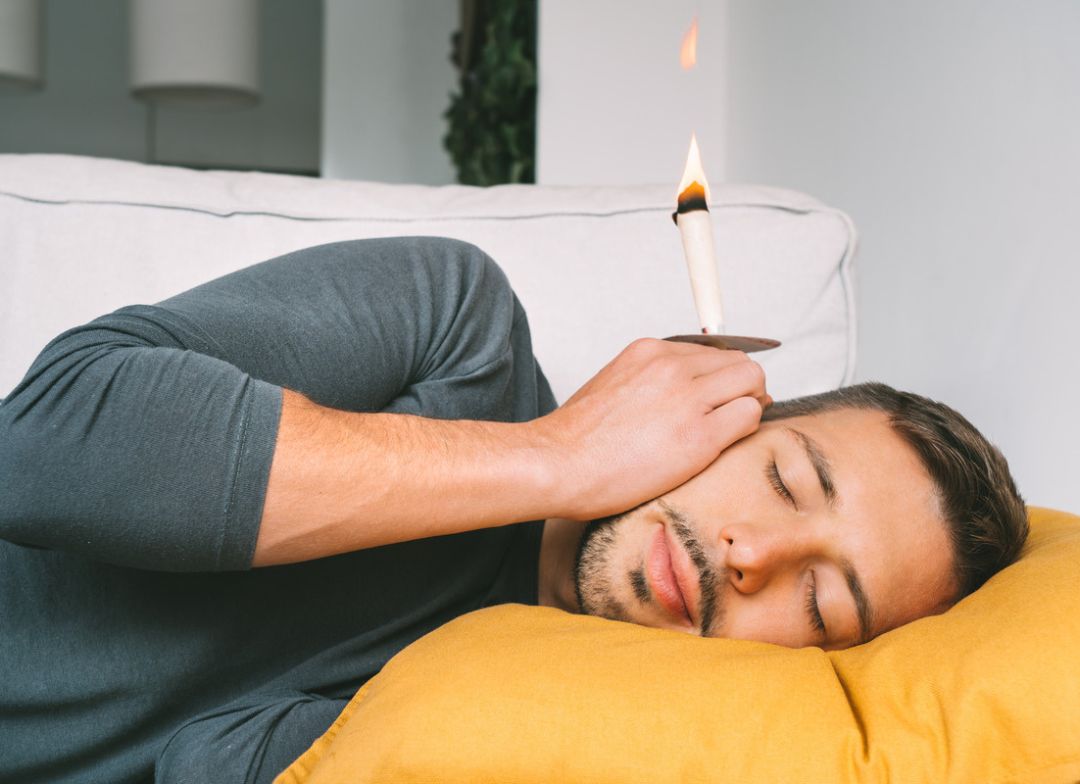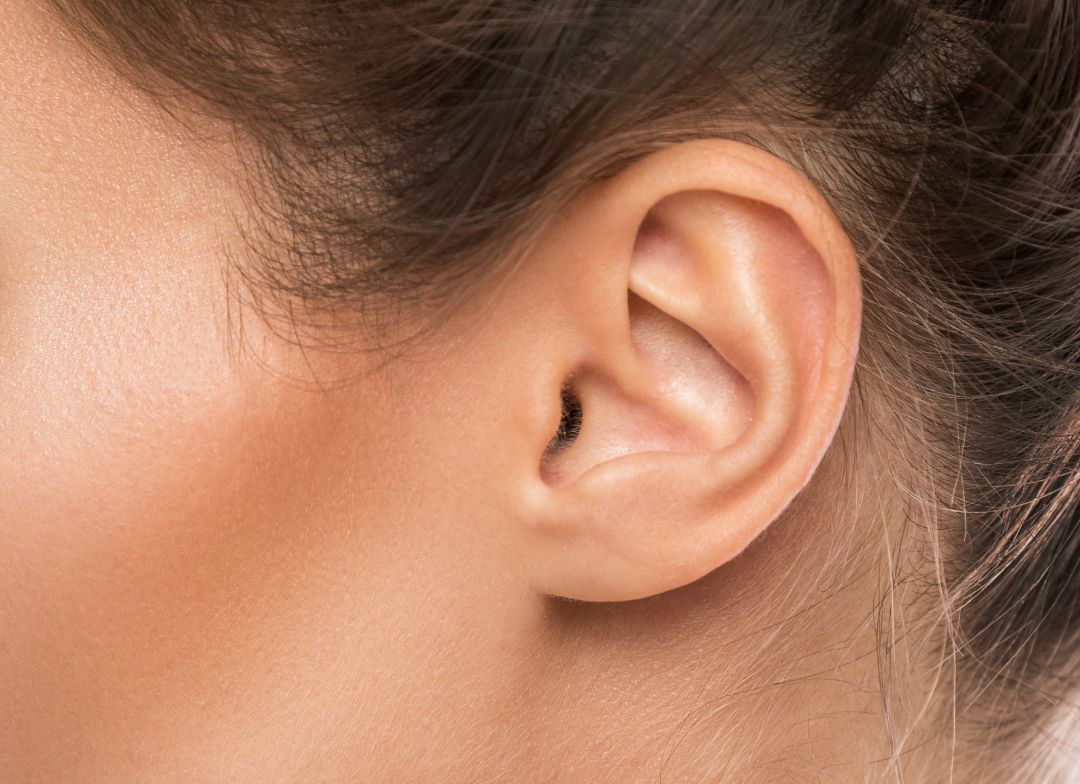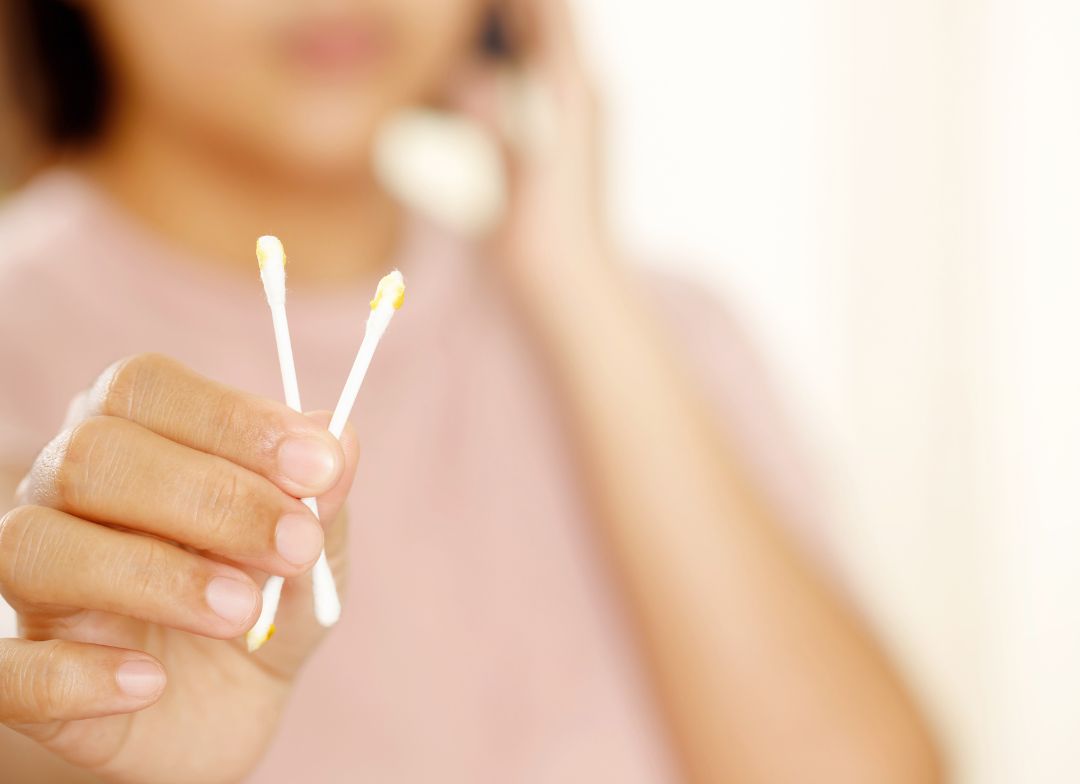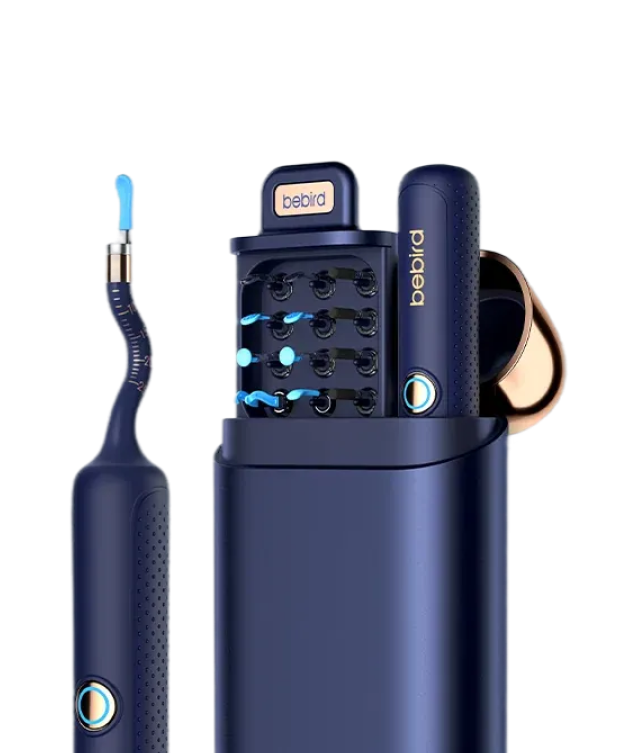Earwax candles are often marketed as a natural way to remove earwax, but the truth is they don’t effectively clean your ears. Instead of safely drawing out wax, they can leave residue inside your ear and even pose serious risks. If you’re looking for a reliable way to manage earwax, there are safer and more effective methods to consider.
In this article, we’ll explore what ear candles are, how they work, their risks, and the best ways to care for your ears.
What Are Ear Candles?
Ear candles, also known as ear cones, are made of hollow fabric tubes coated with wax or paraffin. They are promoted as a natural way to remove earwax and impurities from the ear. One end of the candle is lit, and the other end is inserted into the ear canal, hoping that the heat and suction generated by the burning will draw out the earwax and toxins. Ear candles are therefore popular in the field of alternative medicine, but their actual effectiveness and safety remain controversial.
What Are the Risks of Using Earwax Candles?
While earwax candling is often promoted as a natural way to clean your ears, it also carries some risks that can cause serious harm:
-
Burns: Open flames and hot wax pose a real risk of burns when using ear candles. The flame may accidentally come into contact with your ears, face, or hair, causing painful burns or even serious injuries. This danger is even greater if you move suddenly or lose concentration while using candles.
-
Clogged Ear Canals: Instead of removing the wax, melted candle wax can drip into your ear canals and harden, causing a blockage. This can make your hearing worse and, in severe cases, require treatment to remove the wax buildup. Thus, instead of helping, ear candles can make the earwax problem worse.
-
Damage to the Eardrum: Inserting ear candles too deeply into the ear canal may puncture or damage the eardrum, leading to pain, hearing loss, tinnitus (deafness), or infection. Because our eardrums are fragile, even minor trauma can lead to serious complications.
-
Otitis Media: Wax or debris left behind by candles can irritate the ear canal and harbor bacteria, which can lead to painful otitis media that sometimes requires antibiotics or other medical treatment to resolve.
-
Fire Hazard: When using ear candles, open flames can get close to your head, hair, and flammable materials such as bedding or curtains. If you're not extra careful, the candles can ignite nearby objects and start a fire, posing a danger not only to you but also to your home.
-
Ear Canal Injuries: The hard or sharp edges of candles, combined with narrow ear canals, can cause scrapes or other injuries when candles are pushed or twisted inappropriately. These injuries can cause bleeding, pain, and an increased risk of infection.

What Should Someone Do About Their Earwax?
When it comes to how to deal with earwax, the main thing to remember is that some earwax is actually healthy, for example, it attracts dust and debris and protects your ears. Often, ears clean themselves naturally, so you basically don't need to do anything. However, if you're experiencing discomfort, hearing loss, or clogging, you should avoid using cotton swabs or ear candles, as they can push earwax deeper or cause damage.
You may want to consider using safer ear cleaning tools, such as ear drops that soften earwax, or using a ball syringe from an ear cleaning kit to gently rinse your ears with warm water. There are also advanced options, like an ear wax camera, which help you visually inspect your ear canal before attempting removal. This technology makes it easier to identify wax buildup safely.
Alternatively, you can use an earwax removal kit that combines ear drops with safe extraction instruments, which are part of the many earwax removal tools available on the market. If you are unsure, the safest option is to consult a healthcare professional who can safely remove earwax using specialized tools such as otoscopes and ear scrapers. Taking proper care of your ears in this way can prevent ear damage and keep your hearing sharp.
What's the Best Way to Remove Earwax?
Let Your Ears Clean Themselves Naturally
Your ears are usually very good at cleaning themselves, and earwax slowly drains out of the ear canal on its own without your intervention. Over-cleaning can even cause irritation or damage.
Use Ear Drops
Over-the-counter ear drops or natural oils such as mineral oil can help soften hardened earwax. This makes it easier for earwax to fall out naturally or be gently removed. However, you need to follow the instructions on the product to avoid irritation.
Ear Irrigation (Ball Syringe)
After softening the earwax, use a ball syringe, typically included in an ear cleaning kit, to carefully rinse the ear canal with warm water. This gentle rinsing safely washes away softened earwax. Be careful to avoid using too much force to prevent injury.
Seek Medical Attention
If you have persistent earwax buildup or discomfort, your doctor can safely remove the earwax using specialized tools. A professional will use equipment such as an otoscope or ear camera to look inside the ear and remove the earwax without causing injury.
Avoid Using Cotton Swabs or Ear Candles
These common methods can push earwax deeper or damage your ear canal and eardrum. Using cotton swabs or ear candles increases the risk of injury and can make the problem worse.
Use an Earwax Removal Kit
Some earwax cleaning kits are designed for home use with softening drops and gentle extraction tools. If you choose to use these kits, follow all instructions carefully to avoid injury or irritation.

When Should I Get My Ears Cleaned?
You should consider cleaning out your ears when you experience symptoms such as ear pain, hearing loss, a feeling of ear swelling, tinnitus, or itchy ears. These signs represent a buildup of earwax that is affecting your comfort or hearing. If the problem is persistent or severe, it's best not to clean your ears yourself, as incorrect cleaning can cause damage.
Instead, see a healthcare professional who can safely examine your ears using an ear camera or otoscope and remove excess earwax. It's also a good idea to have regular checkups if you keep producing excess earwax or use hearing aids.
Related Reading:
Can an Ear Infection Cause Tooth Pain?












Leave a comment
All comments are moderated before being published.
This site is protected by hCaptcha and the hCaptcha Privacy Policy and Terms of Service apply.